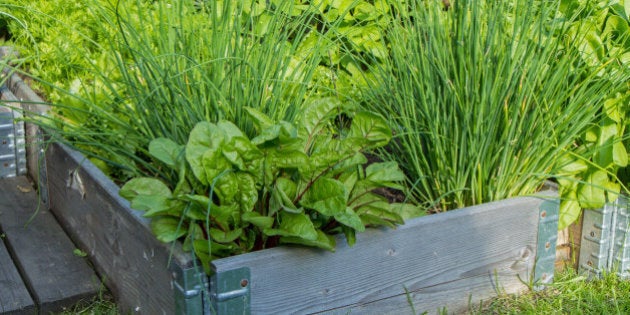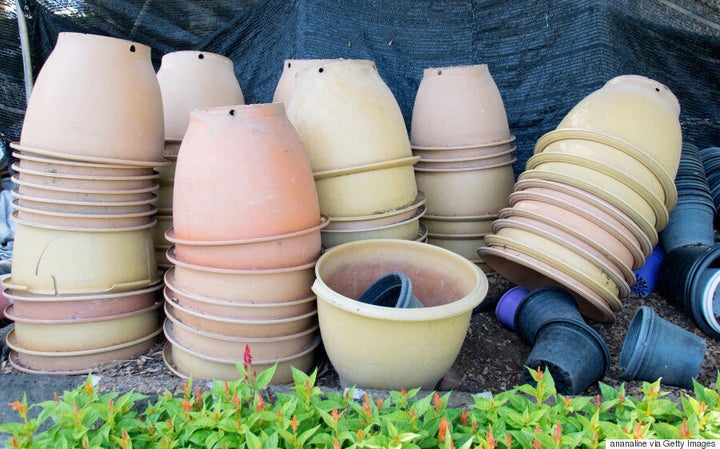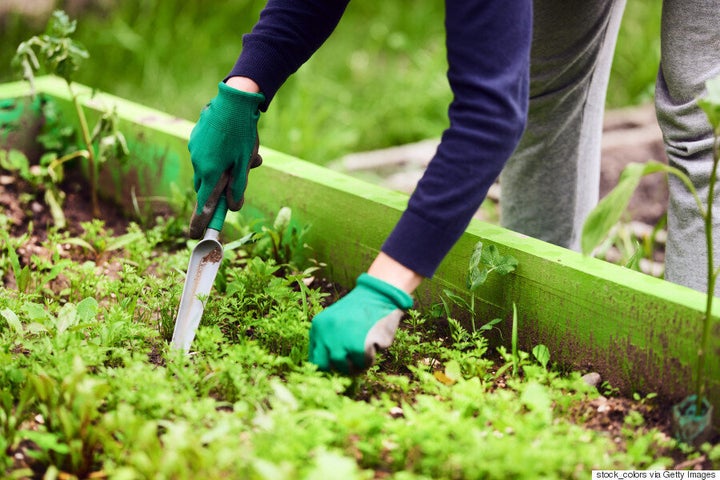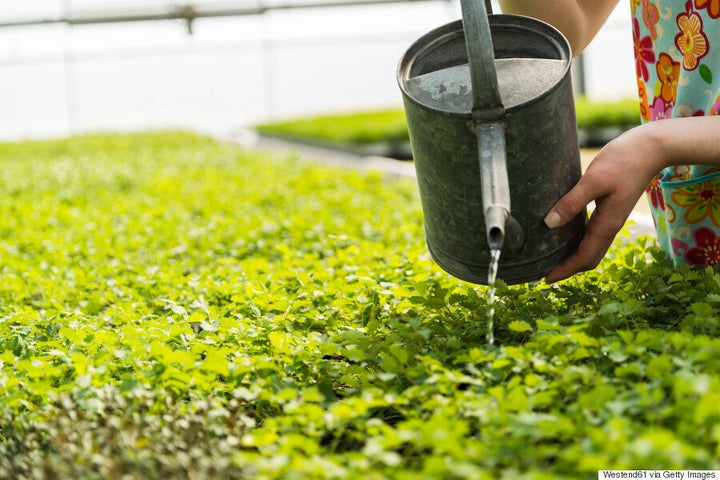
Fresh herbs have the power to bring any food to life. They offer a bright punch of flavour to many meals and elevate even the most boring of dishes. Unfortunately, many of us tend to shy away from buying the fresh stuff because herbs like basil and parsley tend to spoil quickly. But what if we told you that you could have fresh herbs available in your own backyard? Just imagine the scene-- fresh basil for your pasta sauce, dill for salmon and rosemary for roast chicken.
If this sounds like some sort of delicious dream, you need to build your own herb garden. The most important factors are ample sunlight, a good potting soil like PRO-MIX Organic Vegetable & Herb Mix and quality seeds or healthy seedlings. Here's a step-by-step guide to a more flavourful existence.

Step 1: Collect the necessary supplies
You'll need the following items:
• Quality potting soil that's high in organic matter. PRO-MIX Organic Vegetable & Herb Mix is a good option because it's specially formulated with the needs of herb plants in mind. A proprietary technology called MYCOATIVE is active in the soil and encourages nutrient and water intake so your plants thrive
• Several large pots with drainage holes
• Tray or drain pan
• Seeds or smaller plants from the nursery

Step 2: Establish a location
Situate your herb garden in a spot that gets a lot of direct sunlight. Herbs are generally fans of basking in the sun and require at least six hours of tanning time.
All is not lost if you don't have sunlight spilling into your home daily. Placing fluorescent lights above your herb garden can give it a boost as well.

Step 3: Start planting
If you have the space, each plant should have its own home so you can tend to its specific requirements. If not, grow herbs together that have relatively similar care needs.
Fill your containers about three quarters full with soil and moisten with water. Being careful not to damage the roots, place the plant into their allotted spot and pat down the soil around it.

Step 4: Water and rotate
It goes without saying that you need to water your herbs regularly. However, it's easy to find yourself over-watering as well. Leaves will start to yellow and eventually, your plant baby will succumb. You can get a sense of your garden's need for a drink by touching the soil and seeing if there's still dampness or picking it up and gauging by its weight. Soil should never be bone dry.
Humidity is also important to your herb garden's well being. Give your plants a spritz of water every week to keep them moist and happy.
Rotating your herb gardens allows for even growth and prevents it from growing crooked. Let each side of your herb plants get its much-needed time soaking up the sun.
Fresh herbs are a healthy way to bring life to all your dishes. You can't get more fresh than snipping off an aromatic rosemary sprig from your indoor herb garden. Learn more about how PRO-MIX Organic Vegetable & Herb Mix can help your indoor herb plants hit meet their maximum potential.